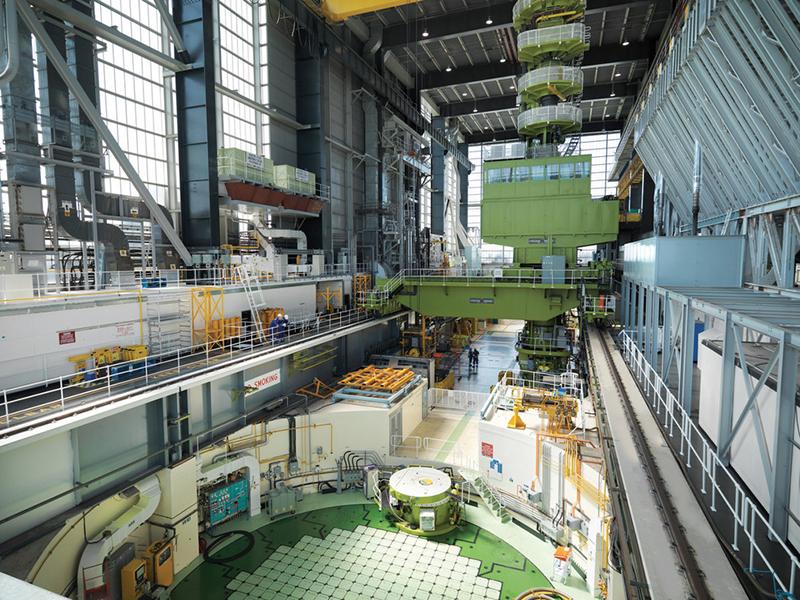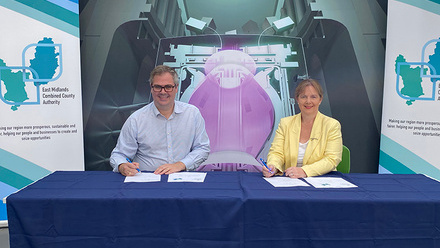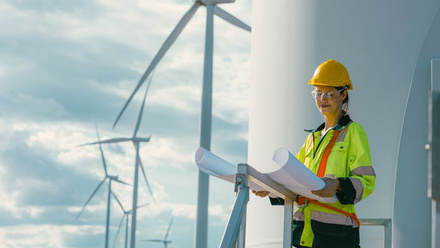Decommissioning agreement reached on AGR nuclear power stations
The UK government and EDF have agreed new terms to safely and efficiently decommission Britain’s seven 7 advanced gas cooled reactors (AGRs), due to reach the end of their operational lives by 2030.

Their closure is not expected to affect the UK’s energy supply, as energy from renewables has more than quadrupled since 2010. The UK government has also committed to making a final investment decision on at least one large-scale nuclear power station by the end of this Parliament, alongside harnessing new nuclear technology.
The deal is expected to save the taxpayer an estimated £1 billion. It will mean EDF will aim to shorten the time they take to safely remove the fuel from the power stations as they come offline, before working with the Nuclear Decommissioning Authority (NDA) to transfer ownership of the stations to the NDA.
EDF had originally been responsible for total lifetime decommissioning of the AGR stations, which comprise Torness and Hunterston B in Scotland, Dungeness B in Kent, Hartlepool in Teesside, Heysham 1 and Heysham 2 in Lancashire and Hinkley Point B in Somerset. The revised arrangements will retain their involvement, while making the most of the expertise of the NDA.
EDF will continue to use the Nuclear Liabilities Fund Limited (NLF) to defuel the sites. EDF will remove the fuel from the stations under a new incentive arrangement, which means they can earn up to £100 million for good performance but face up to £100 million in penalty for poor performance.
The agreement reached with EDF does not include Sizewell B station, which uses a different technology (Pressurised Water Reactor), and is scheduled to continue operating until 2035. It also does not cover new nuclear power stations, such as Hinkley Point C station, which is currently under construction.







